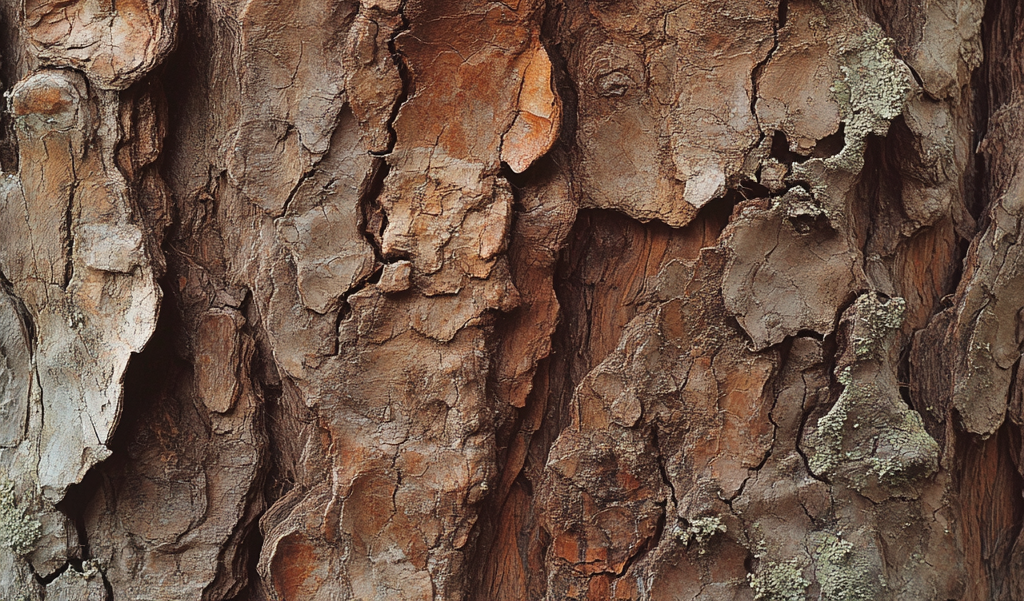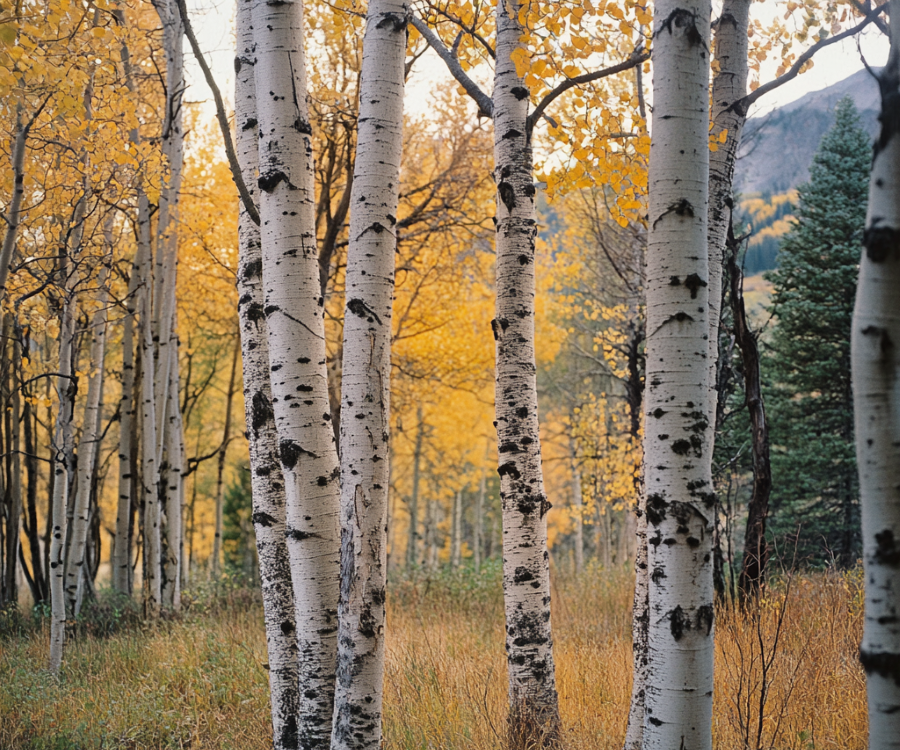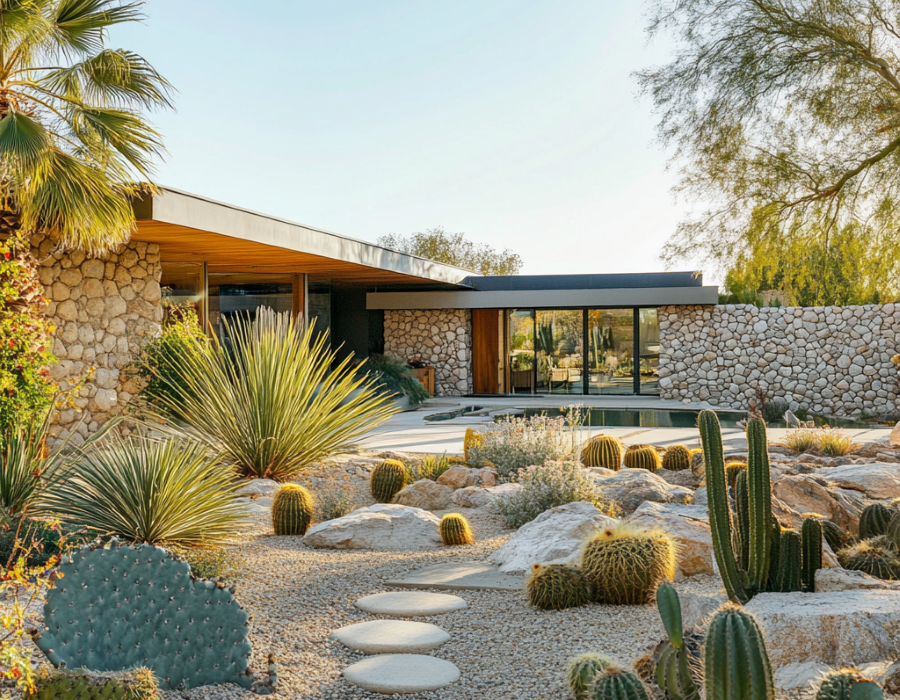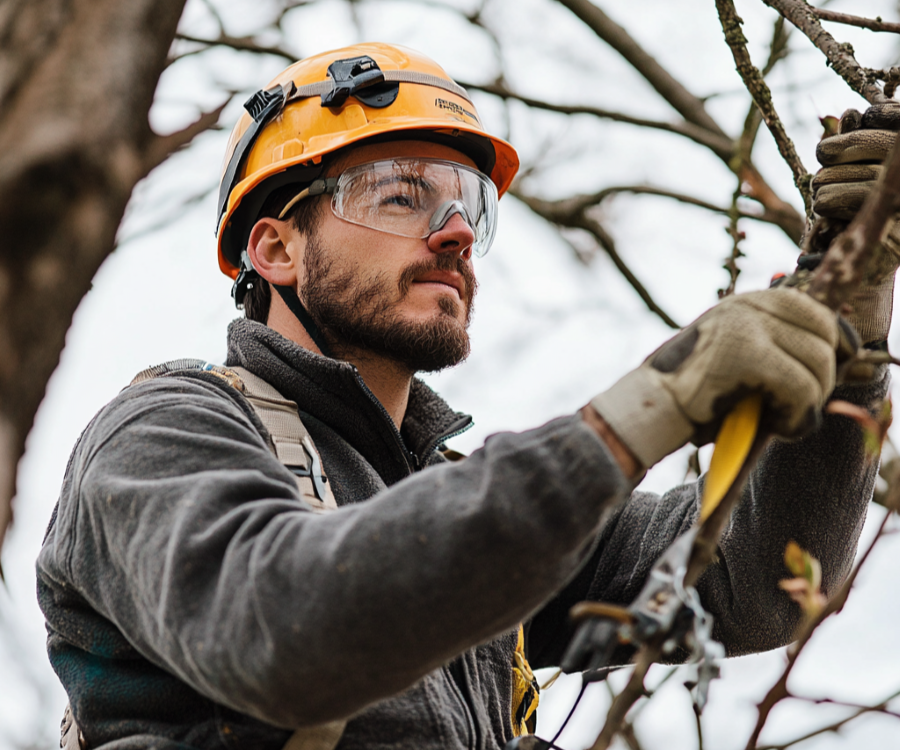Fire-Resistant Trees: Best Species for Wildfire-Prone Areas (2025 Guide)
Protecting Your Property with Strategic Tree Selection
Wildfires have become increasingly prevalent across North America, with record-breaking fire seasons devastating communities from California to Colorado and from British Columbia to Texas. As changing weather patterns intensify drought conditions and extend fire seasons, homeowners in vulnerable regions must adopt proactive fire defense strategies. Selecting and maintaining fire-resistant trees represents one of the most effective long-term approaches to creating a resilient landscape.
This comprehensive guide explores the science behind fire-resistant vegetation, identifies the most resilient tree species for different climate zones, and provides expert strategies for creating a defensive landscape that can help protect your property when wildfires threaten.
What Makes a Tree Fire Resistant? Understanding the Science

Key Characteristics of Fire-Resistant Trees
- High Moisture Content: Trees with naturally high water concentrations in their leaves, branches, and trunks require significantly more heat to ignite. Deciduous broadleaf trees typically maintain higher moisture levels than conifers.
- Thick, Insulating Bark: Many fire-resistant species have developed bark that’s at least 1 inch thick. This natural insulation protects the sensitive cambium layer from heat damage. Some species, like the Coast Redwood, can develop bark up to 12 inches thick.
- Low Resin or Oil Production: Resins and oils are highly flammable. Trees that produce minimal amounts of these compounds (unlike pines and some eucalyptus) are substantially less likely to ignite quickly or burn intensely.
- Self-Pruning Capabilities: Certain species naturally shed lower branches as they mature, creating vertical separation between ground-level fires and the main canopy.
- Compact Growth Habits: Trees with dense, compact foliage tend to trap less air (which fuels combustion) than those with loose, airy structures.
- Minimal Leaf Litter: Species that produce less abundant or less flammable ground debris reduce fuel accumulation around the tree base.
- Deep, Extensive Root Systems: Robust root networks access deeper water sources during drought conditions, maintaining higher moisture content throughout the tree.
Best Fire-Resistant Tree Species by Region

1. Oak Trees (Quercus species)
Oaks represent some of the most fire-adapted trees in North America, with thick, insulating bark and a deciduous nature that reduces year-round fuel loads.
Western Fire-Resistant Varieties:
- California Live Oak (Quercus agrifolia): An vergreen species with exceptionally thick bark, a moderate growth rate, and drought tolerance once established
- Blue Oak (Quercus douglasii): Native to the California foothills with excellent drought adaptation and natural fire resistance
- Oregon White Oak (Quercus garryana): A robust native with high survival rates in western wildfires
- White Oak (Quercus alba): Thick bark and high moisture content make this eastern native particularly fire resistant
- Bur Oak (Quercus macrocarpa): Adapted to withstand prairie fires with corky, fire-resistant bark
Maintenance Needs: Once established, most oak species require minimal supplemental water. Annual inspection for deadwood removal maximizes fire resistance.
2. Maple Trees (Acer species)
The high water content in maple leaves and young branches significantly reduces ignition potential, making them excellent choices for fire-prone areas.
Top Fire-Resistant Maple Varieties:
- Big Leaf Maple (Acer macrophyllum): Native to western forests with natural fire adaptation
- Sugar Maple (Acer saccharum): Dense wood with high moisture content
- Red Maple (Acer rubrum): Adaptable to various soil conditions with excellent moisture retention
Maintenance Considerations: Regular watering during establishment years (first 3-5 years) enhances long-term drought tolerance and fire resistance.
3. Aspen Trees (Populus tremuloides)
Aspens maintain exceptionally high moisture content, making them naturally resistant to combustion even during drought conditions.
Fire-Resistant Properties:
- Underground root systems survive intense wildfire, allowing rapid regeneration
- High leaf moisture content significantly reduces ignition potential
- Natural ability to form groves creates effective firebreaks in western landscapes
Growth Characteristics: 40-50 feet tall with a narrow 15-to-30-foot spread. Prefers cool, moist conditions but adapts to various soil types.
4. Birch Trees (Betula species)
Birch trees combine fire-resistant bark characteristics with high moisture content, making them valuable additions to fire-smart landscapes.
Top Fire-Resistant Varieties:
- River Birch (Betula nigra): Peeling bark with high moisture content
- Yellow Birch (Betula alleghaniensis): Thick, protective bark that resists ignition
- Paper Birch (Betula papyrifera): Despite its name, maintains high moisture levels in living tissue
Placement Considerations: Best planted at least 30 feet from structures in areas with regular moisture availability.
5. American Sycamore (Platanus occidentalis)
The American sycamore demonstrates remarkable fire resistance through multiple natural adaptations.
Fire-Resistant Properties:
- Extremely thick, fire-resistant bark that continuously sheds
- High moisture content throughout trunk and branches
- Limited resin production reduces flammability
- Deciduous nature limits year-round fuel accumulation
Maintenance Needs: Regular cleanup of large leaf drop helps maintain fire-resistant properties.
6. Fruit Trees in Fire-Resistant Landscaping
Many fruit trees demonstrate notable fire resistance while providing additional landscape benefits.
Most Fire-Resistant Fruit Trees:
- Apple (Malus domestica): High moisture content in tissue with limited resin
- Pear (Pyrus communis): Densely packed cell structure reduces flammability
- Persimmon (Diospyros virginiana): Naturally fire-adapted native with high water content
Maintenance Requirements: Regular pruning to remove deadwood and maintain open structure that resists fire climbing.
7. Coast Redwood (Sequoia sempervirens)
Despite being conifers (which are typically fire prone), coast redwoods possess remarkable fire-resistant properties.
Fire-Resistant Characteristics:
- Extraordinarily thick, fibrous bark (up to 12 inches) insulates against heat
- Contains minimal flammable resins compared to other conifers
- Natural tannins act as fire retardants
- Self-pruning lower branches reduce ladder fuels
Growth Considerations: Requires significant space, reaching 200+ feet at maturity with a 25-to-60-foot spread.
Fire-Resistant Landscaping Strategies: Creating Defensive Zones

Proper tree placement and landscape design multiply the effectiveness of fire-resistant species, creating a comprehensive defense system against approaching wildfires.
Creating Effective Defensible Space Zones
Zone 1 (0-30 feet from structures):
- Plant only highly fire-resistant trees and maintain 10-15 foot spacing
- Keep tree canopies at least 10 feet from structures
- Remove all dead material promptly
- Maintain regular irrigation to ensure optimal moisture content
- Use noncombustible mulch like gravel or stone near buildings
- Maintain 15-20 foot spacing between tree canopies
- Remove ladder fuels (vegetation that allows fire to climb from ground to canopy)
- Thin tree density to create discontinuous fuel patterns
- Incorporate fire-resistant shrubs and ground covers between trees
- Use composted mulch rather than fibrous varieties
- Focus on native, fire-adapted species appropriate to your ecosystem
- Maintain natural spacing patterns while removing obvious fire hazards
- Create strategic firebreaks along property boundaries
- Consider grazing to reduce understory fuels in larger properties
Strategic Tree Placement Techniques
Use Topography to Your Advantage:
- Plant fire-resistant trees along slopes to slow fire spread
- Create tree clusters in depressions where moisture naturally collects
- Avoid placing trees at the top of slopes where they’re exposed to upslope fires
- Plant rows of fire-resistant trees perpendicular to prevailing winds
- Incorporate deciduous trees between structures and wildland areas
- Use hardscape features (driveways, paths, walls) to separate tree groupings
- Prioritize irrigation for trees in defensible zones during drought
- Consider greywater systems for sustainable tree irrigation
- Place rain gardens and bioswales to capture moisture near valuable trees
Tree Maintenance Practices for Maximum Fire Resistance

Even the most fire-resistant species require proper maintenance to maximize their protective qualities. These maintenance practices significantly enhance any tree’s fire resistance.
Critical Pruning Techniques for Fire Safety
Elevation Pruning:
- Remove lower branches to create a minimum 6-foot clearance from the ground
- Increase clearance to 15 feet on slopes to compensate for uphill fire spread
- Maintain vertical separation between ground vegetation and lowest branches
- Remove crossing, rubbing, and weak branches to reduce fuel density
- Create space between branches to limit fire spread within the tree
- Eliminate dead and dying branches promptly
- Schedule major pruning during dormant seasons to minimize stress
- Avoid pruning during nesting season where protected birds are present
- Complete fire-safety pruning before the start of fire season in your region
Soil and Irrigation Management for Fire Resistance
Hydration Strategies: - Deep, infrequent watering encourages deeper root systems
- Focus irrigation on tree drip lines rather than at trunks
- Consider supplemental deep root watering during extreme drought
- Add organic matter to increase water retention capacity
- Use compost tea and mycorrhizal inoculants to enhance soil biology
- Avoid nitrogen-heavy fertilizers that encourage flammable new growth
- Maintain a 3-to-4-inch composted mulch layer beyond the drip line
- Keep all mulch at least 5 inches from tree trunks
- Choose composted wood chips over raw bark or straw
Annual Fire-Preparedness Tree Assessment
Conduct these assessments every spring before fire season:
Structural Evaluation:
- Check for dead or dying branches requiring removal
- Assess overall tree health and vigor
- Identify and address disease or pest issues that could increase fire vulnerability
- Bend small twigs to assess brittleness (indicates low moisture)
- Check leaf turgidity and appearance
- Consider moisture meter testing for high-value specimens
- Evaluate accumulated leaf litter and debris
- Check for ladder fuels that have developed since previous inspection
- Assess spacing between trees and structures
Conclusion: Building Long-Term Fire Resilience Through Strategic Tree Selection
Creating a fire-resistant landscape requires thoughtful planning, appropriate species selection, and ongoing maintenance. By incorporating naturally fire-resistant trees and following best practices for placement and care, property owners can significantly reduce wildfire vulnerability while maintaining beautiful, functional landscapes.
Remember that fire-resistant landscaping represents just one component of comprehensive wildfire preparedness. Combine these strategies with proper home hardening techniques, emergency planning, and community-wide fire safety initiatives for maximum protection.
We may receive affiliate compensation for some of the links below at no cost to you if you decide to make a purchase.

1485 Bayshore #127 Suite 329 San Francisco, CA, 94124
Call us at 1-415-310-7781

